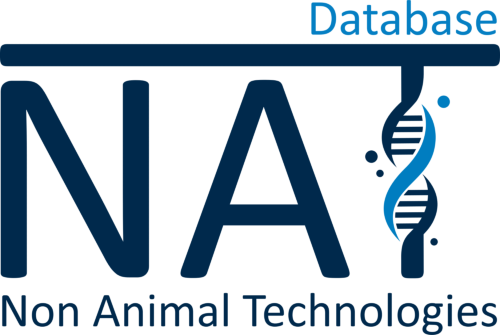Reconstructed corneal model for skin corrosion testing
Regulatory accepted CompanyXCellR8, Daresbury, United Kingdom
The company's XCellR8 skin corrosion test enables the identification of chemicals that induce severe, irreversible skin damage. The method is based on a highly differentiated reconstructed human corneal epithelium (RhCE), which validly recapitulates the structural and functional properties of the skin. For the analysis, the epithelial models are cultivated in special cultivation systems at an air-liquid interface, which enables the test substances to be applied directly to the cells. After exposure, cell viability is determined quantitatively after 3 minutes and again after 60 minutes using MTT conversion. The viability of the corneal cells, determined at two different times, enables a classification according to the UN-GHS specifications as corrosive (category 1) or non-corrosive ("no-label"). Additional test procedures also make it possible to subcategorize identified skin-corrosive substances into categories 1A or 1B/1C. The validated method complies with REACH and CLP Regulation 1272/2008. In summary, the skin corrosion test offers an easy-to-use and effective approach to hazard classification of chemicals. Validated and regulatory recognized under OECD Test No. 431.
Skin corrosion test
info@x-cellr8.com
Added on: 02-29-2024
[1] https://www.oecd-ilibrary.org/environment/test-no-431-in-vitro-skin-corrosion-reconstructed-human-epidermis-rhe-test-method_9789264264618-en[2] https://x-cellr8.com/regulatory-safety-testing/skin-corrosion-testing/





